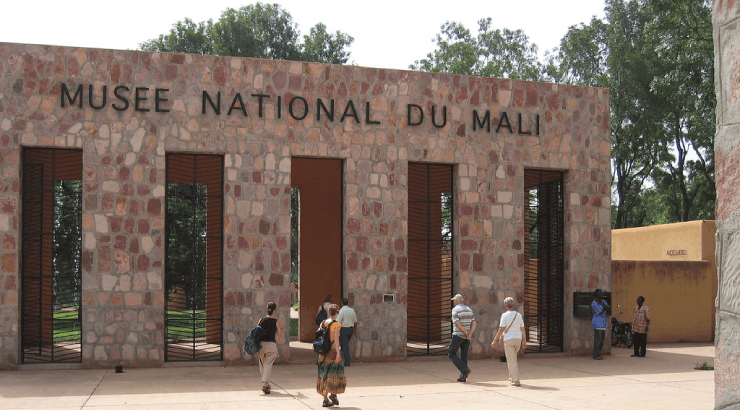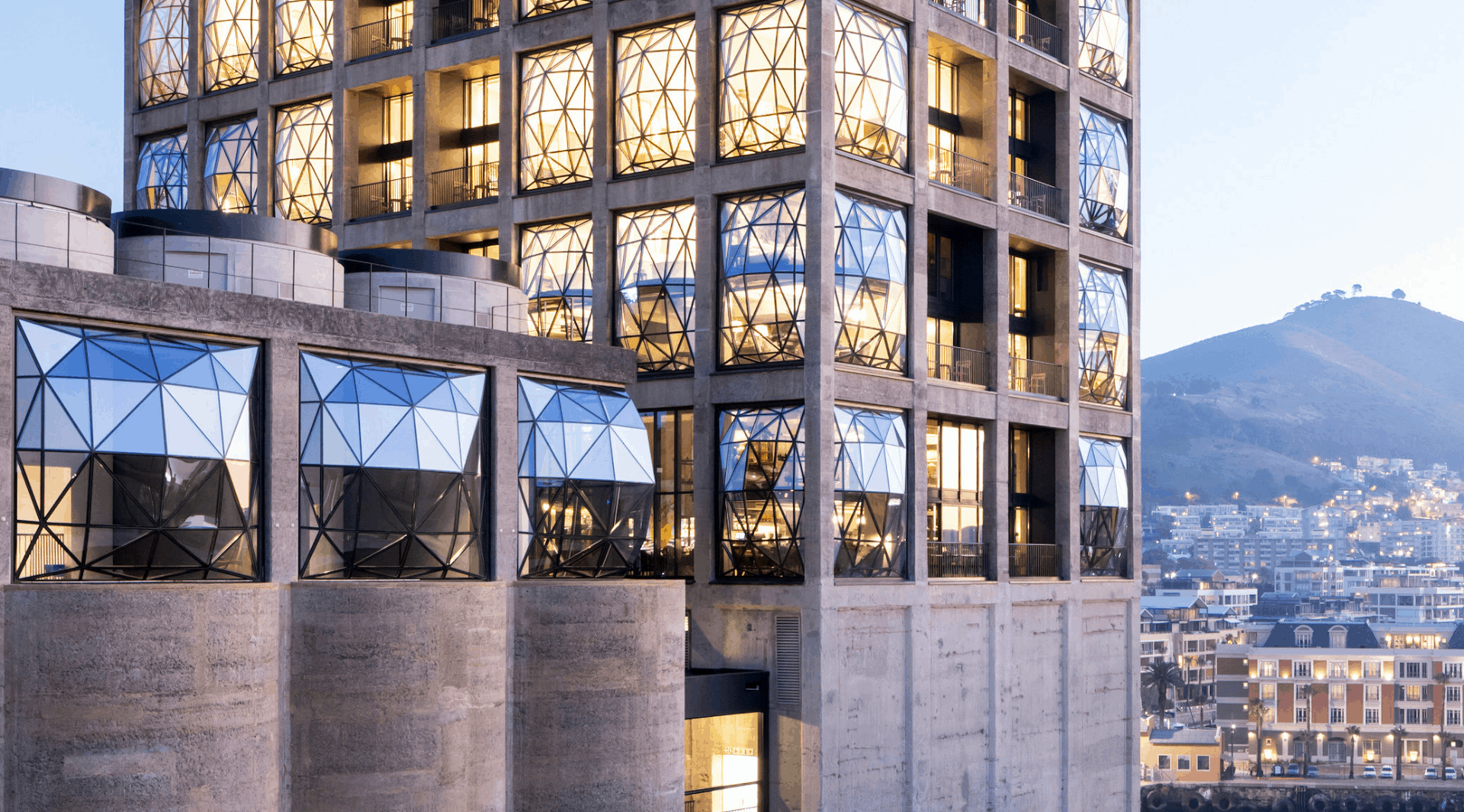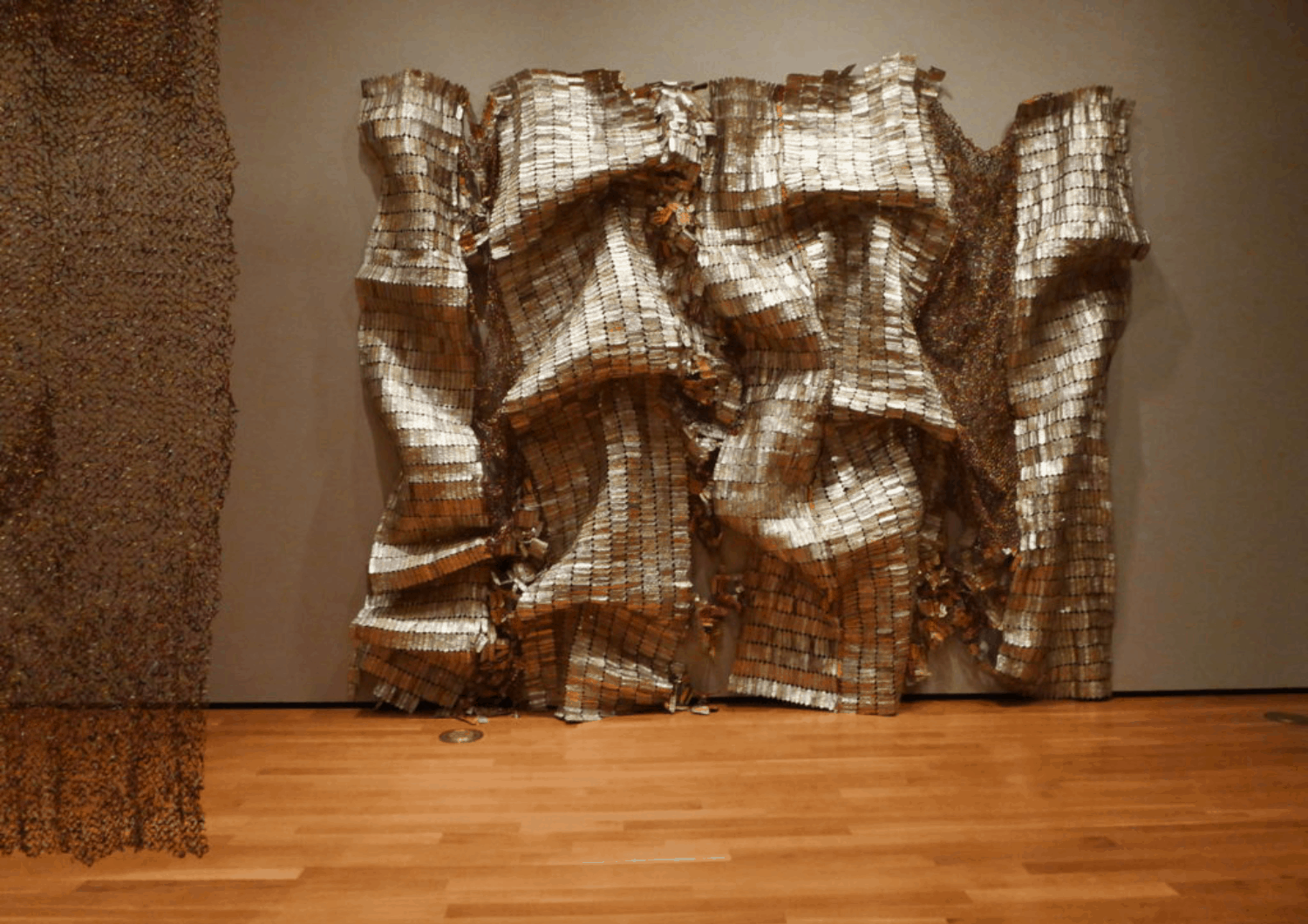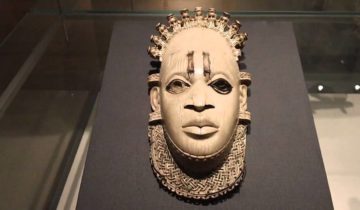African Artists and Museum Collaborations: Expanding Cultural Dialogues
As the sun sets on the empires of yesteryears, a new dawn breaks upon the art world, illuminating the rich cultural tapestry of African art. No longer an esoteric realm reserved for a select few, African art has emerged from the shadows, commanding the attention and admiration it deserves on the global stage. This resurgence, a testament to the continent’s kaleidoscopic history and its peoples’ indomitable spirit, is made possible in no small part by the collaboration of museums and African artists. These partnerships not only afford the artists a much-needed platform for their creations but also enrich and expand the cultural dialogues that shape our collective identity. In this journal, we shall delve into the symbiotic relationship between African artists and museums, dissecting the nuances that govern these collaborations and examining the reverberations they create in the realm of cultural discourse.
The Role of Museums in Promoting African Art
In an age where art is a universal language that transcends geographical and cultural boundaries, museums have emerged as the venerable custodians of this shared human heritage. As beacons of culture and knowledge, they hold the power to elevate African art from obscurity and celebrate its rightful place in the pantheon of artistic expressions. From housing diverse collections of African art to forging meaningful partnerships with African institutions, museums have assumed a pivotal role in championing the cause of African artists.
In recent years, museums have demonstrated an unwavering commitment to showcasing African art in all its resplendent glory. By curating exhibitions that explore the continent’s rich cultural legacy, they have opened doors to previously inaccessible worlds, enabling audiences to appreciate the aesthetic and historical significance of African art. One such example is the groundbreaking exhibition ‘African Art Now: Masterpieces from the Jean Pigozzi Collection,’ which displayed a wide range of contemporary African art at the Museum of Fine Arts Houston in 2005, capturing the imagination of viewers and critics alike.
In addition to exhibitions, museums have also established fruitful partnerships with African institutions and cultural organizations. These collaborations serve not only as a testament to their commitment to nurturing African art but also as a means of fostering cultural exchange and mutual understanding. A prime example of such a partnership is the collaboration between the Smithsonian Institution’s National Museum of African Art and the National Museum of Mali. This alliance has resulted in numerous cultural exchanges and joint initiatives, including the ‘African Cosmos: Stellar Arts’ exhibition, which examined the intersection of African art and astronomy.

Furthermore, museums have undertaken various educational initiatives and public programs aimed at demystifying African art and making it accessible to a broader audience. By organizing workshops, lectures, and artist talks, they have created opportunities for the public to engage with African art on a more intimate level, engendering a deeper appreciation for the continent’s artistic contributions.
Benefits of Museum Collaborations for African Artists
The alliance between African artists and museums is not a one-sided affair, as the artists themselves stand to gain immensely from these partnerships. For many African artists, museum collaborations represent a chance to break free from the shackles of obscurity and step into the limelight. Through exhibitions and collections, their art is exposed to a wider audience, affording them the recognition they so richly deserve.
Museum collaborations also present African artists with opportunities for networking and professional development. By working closely with curators, scholars, and other artists, they gain access to invaluable resources and expertise that can fuel their artistic growth. Furthermore, these partnerships often lead to the creation of a supportive network of like-minded individuals who can offer guidance, mentorship, and inspiration.
Challenges Faced by African Artists in Collaborating with Museums
Despite the myriad benefits that museum collaborations offer African artists, the path to such partnerships is fraught with challenges. One of the most pressing issues that African artists face in their collaborations with museums is inadequate representation and stereotyping. Often, African art is pigeonholed into narrow categories or exoticized, resulting in a skewed portrayal of the continent’s diverse artistic expressions. This oversimplification not only undermines the artists’ individuality but also perpetuates harmful stereotypes about Africa and its people.
Another obstacle confronting African artists in their collaborations with museums is the issue of intellectual property rights and ownership disputes. As the art world grapples with the legacy of colonialism, questions of provenance and rightful ownership continue to plague African art. Some artists struggle to assert control over their creations or to reclaim artifacts that were taken without consent, further complicating their relationships with museums.
Limited funding and resources for African cultural institutions also pose a significant challenge to museum collaborations with African artists. Many African museums and galleries struggle to secure the necessary financial support to develop their collections, organize exhibitions, and maintain their facilities. This lack of resources not only hampers their ability to collaborate with international museums but also stymies their efforts to preserve and promote Africa’s artistic heritage.
Case Studies of Successful Museum Collaborations with African Artists
Despite the hurdles that African artists face, numerous success stories stand as testaments to the potential of museum collaborations. One such example is the partnership between Ghanaian artist El Anatsui and the Brooklyn Museum. In 2013, the museum showcased Anatsui’s monumental installations made from discarded bottle caps, demonstrating the transformative power of art and elevating his work to international acclaim.
Another noteworthy collaboration is the Zeitz Museum of Contemporary Art Africa (MOCAA) in Cape Town, South Africa. The museum, which opened its doors in 2017, has forged partnerships with several contemporary African artists, providing them with a platform to showcase their work and engage with a global audience. In doing so, the Zeitz MOCAA has not only celebrated African art but also played a crucial role in fostering a vibrant and dynamic artistic community on the continent.

The British Museum’s relationship with the Benin Bronzes offers yet another illustration of the potential of museum collaborations with African artists. The museum’s decision to loan the bronzes to Nigeria for a forthcoming exhibition represents a significant step forward in addressing the contentious issue of ownership and repatriation. This collaboration not only demonstrates a commitment to fostering cultural dialogue but also paves the way for future partnerships between museums and African artists.
Impact of Museum Collaborations on Cultural Dialogues
The collaborations between African artists and museums have far-reaching implications for cultural dialogues across the globe. By exposing audiences to diverse artistic expressions, these partnerships foster cross-cultural understanding and appreciation. They challenge preconceived notions and stereotypes about Africa, showcasing the continent’s rich artistic heritage and fostering an environment that encourages the exchange of ideas and perspectives.
As museums continue to collaborate with African artists, they contribute to a global shift towards inclusivity and diversity in the art world. By amplifying the voices of underrepresented artists, they create a more balanced and equitable landscape that reflects the myriad cultures and experiences that constitute our shared human heritage.
In conclusion, museum collaborations with African artists have the potential to revolutionize the art world and enrich our cultural dialogues. While these partnerships are not without their challenges, their benefits far outweigh the obstacles that may stand in their way. Through these collaborations, African art has gained the recognition and admiration it deserves, and museums have played a vital role in expanding the cultural horizons of their audiences.
As we look to the future, it is imperative that we continue to nurture and support these partnerships. By investing in African cultural institutions, addressing issues of representation and intellectual property, and fostering an ongoing dialogue between African artists and international museums, we can ensure that the art world remains a diverse and inclusive space that celebrates the contributions of artists from all corners of the globe.
In a world that is becoming increasingly interconnected, the need for cultural exchange and understanding has never been more pressing. As African artists continue to forge new paths and challenge the status quo, their collaborations with museums will undoubtedly play a vital role in shaping the course of art history. By embracing these partnerships and the opportunities they present, we can cultivate a richer, more vibrant tapestry of artistic expression that transcends borders and bridges the divides that separate us.
Ultimately, the success of these collaborations hinges on the willingness of both African artists and museums to engage in open and honest dialogues. By acknowledging the challenges and working together to overcome them, they can create a more equitable and inclusive art world that honors the contributions of all artists, regardless of their origin.
In the words of Nigerian writer and Nobel laureate Wole Soyinka, “the greatest threat to freedom is the absence of criticism.” It is through the critical examination of our cultural narratives and the dismantling of the barriers that limit artistic expression that we can truly appreciate the beauty and power of art. As we continue to explore and celebrate the diverse voices that make up our global artistic community, the collaborations between African artists and museums will undoubtedly serve as a beacon of hope and inspiration for generations to come.




 No products in the basket.
No products in the basket.